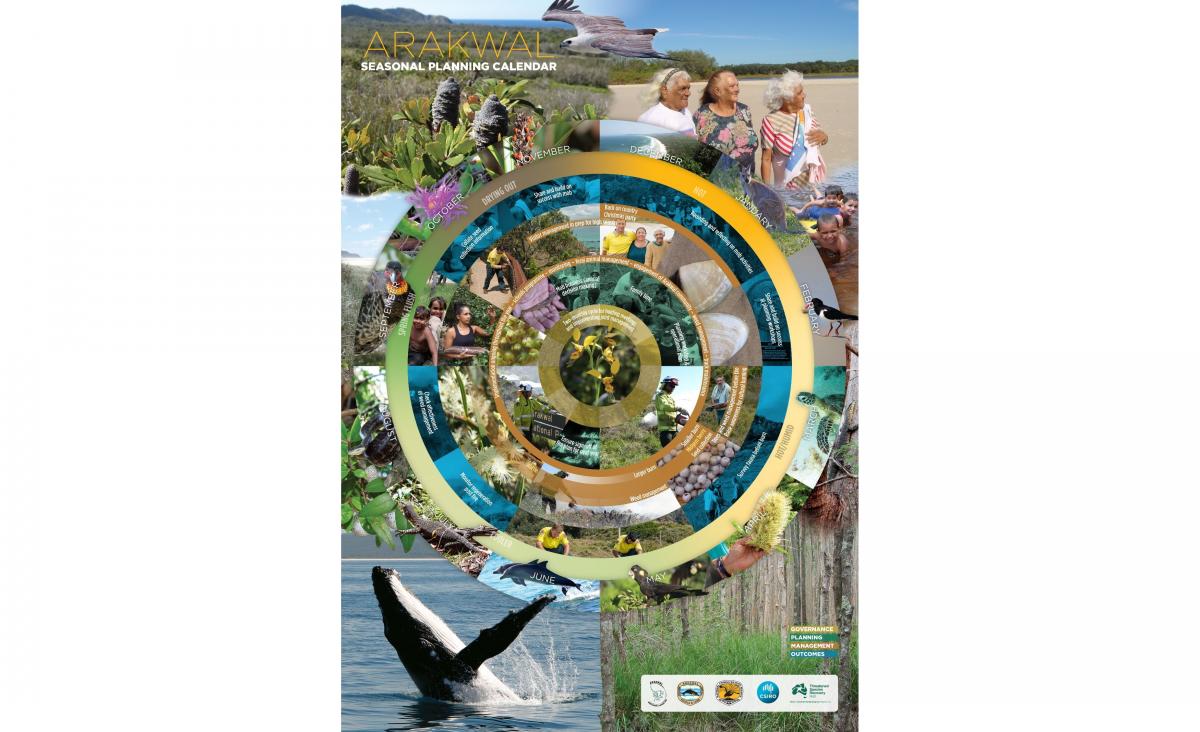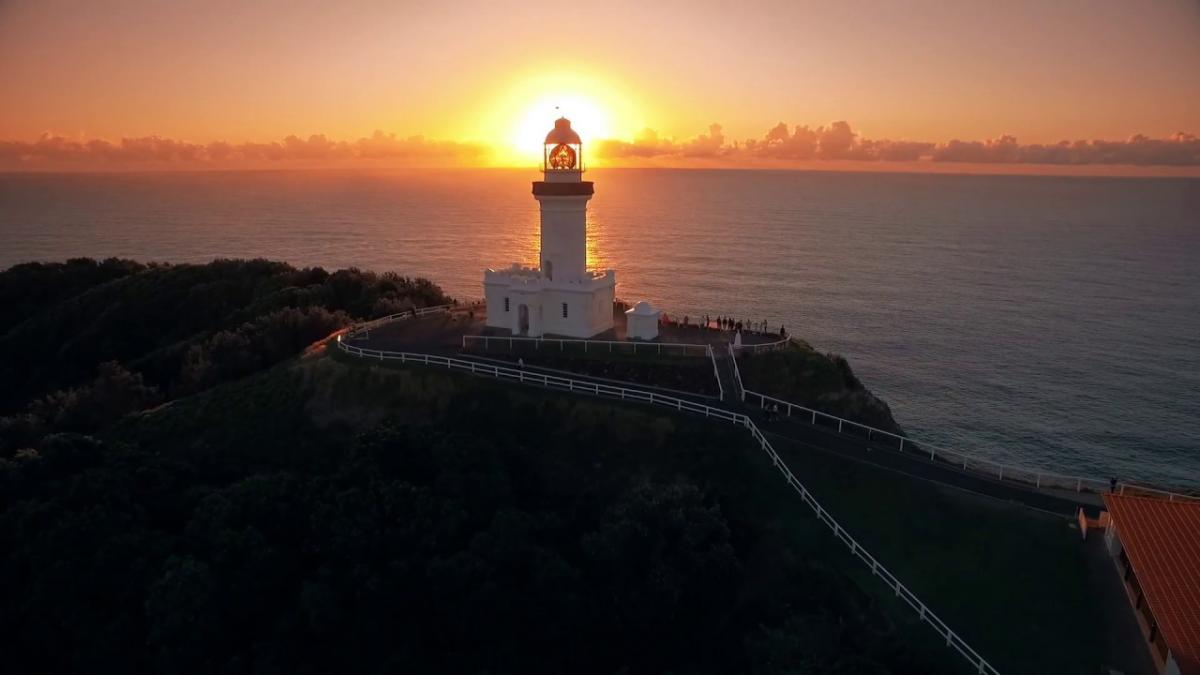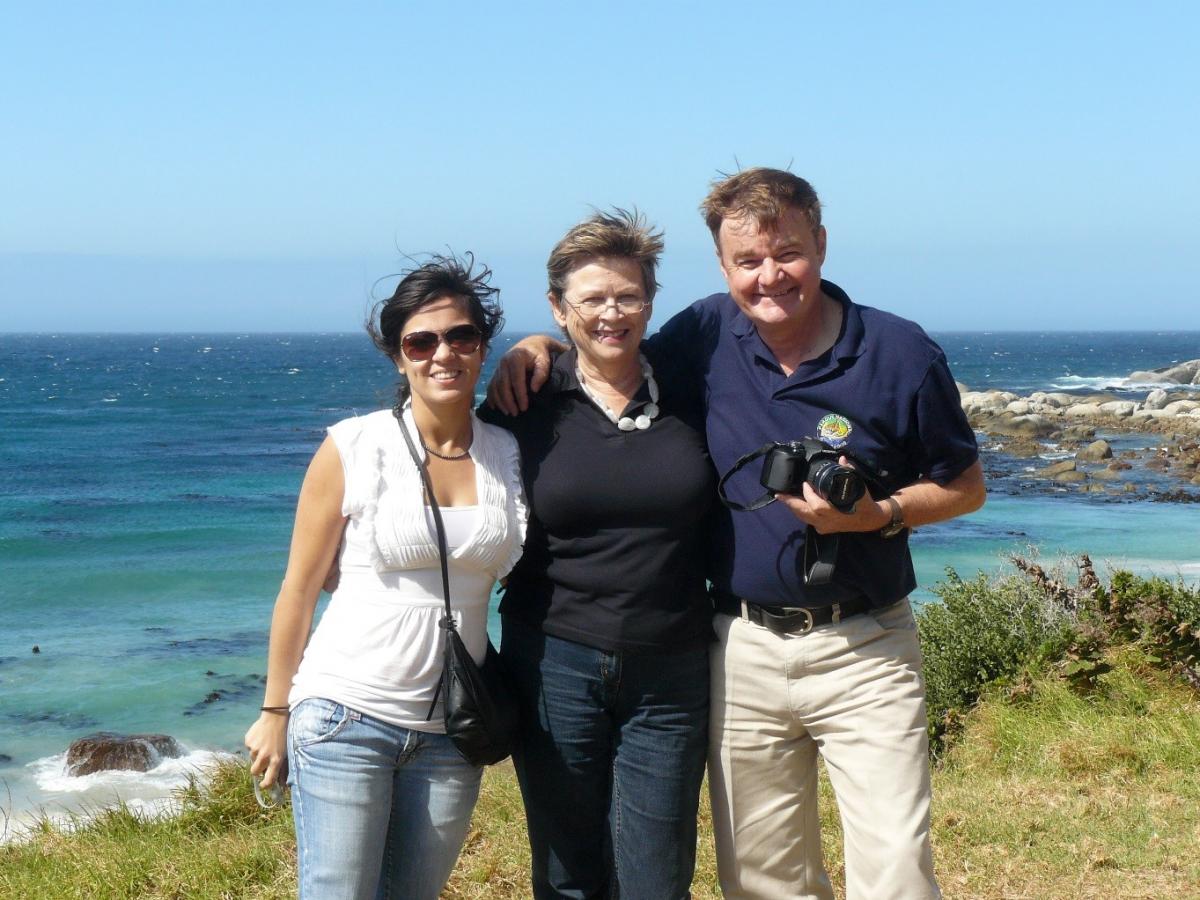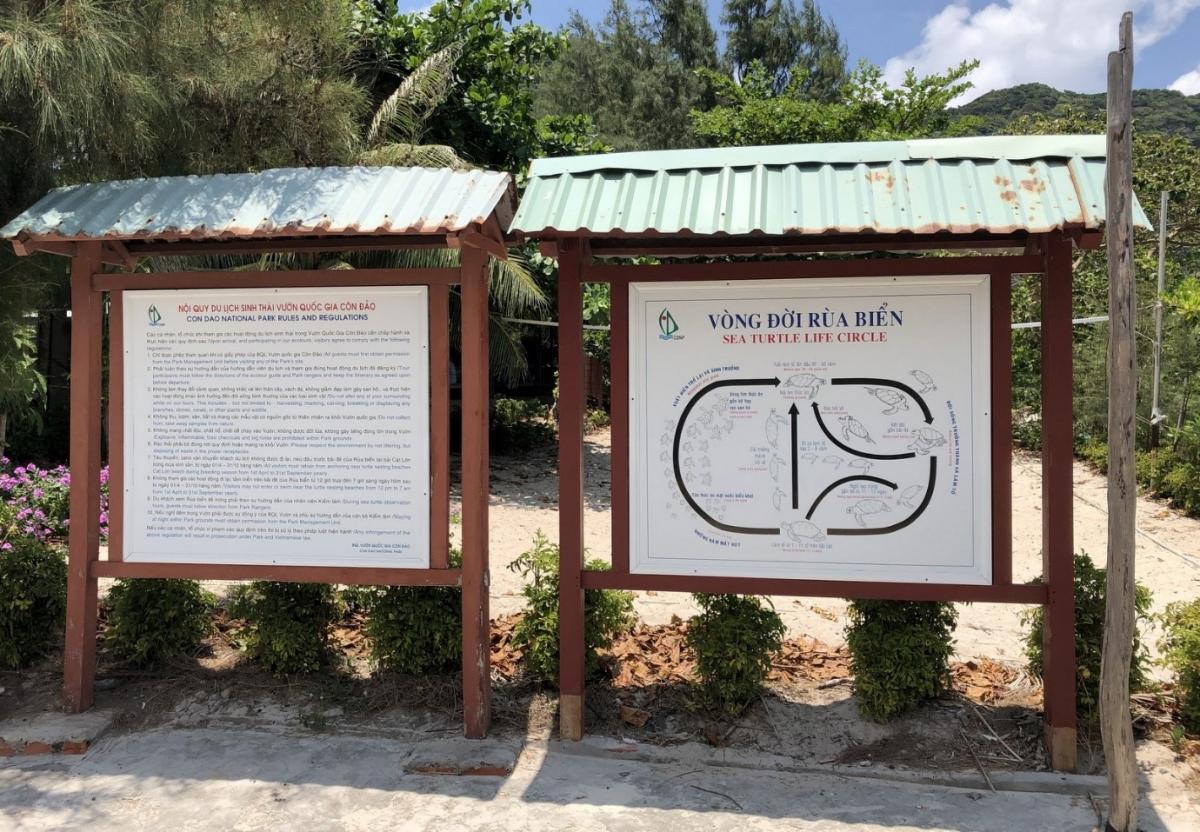IUCN planning and evaluation frameworks guide significant species conservation on Australian Indigenous lands
Like many Indigenous groups around the world, a team of Arakwal (Byron Bay, Australia) Traditional Owners, park managers and scientists have adapted IUCN species conservation planning and Green List evaluation frameworks to develop guidelines to help carry significant values in cross-cultural settings. A seasonal planning calendar was also created so these guidelines could be communicated back to Indigenous Traditional Owners.

Arakwal people calendar, Byron Bay, Australia
Photo: The Arakwal people, Byron Bay, Australia
Arakwal National Park was the first park in the world to be listed under the IUCN Green List in recognition of the work done to sustainably manage, improve and protect the protected area’s natural and cultural values [1]. One of the values of the Park is the endangered Byron Bay Orchid Diuris byronensis, which exists in the Graminoid Clay Heath Endangered Ecological Community within the park.
Traditional Owner Norman Graham aptly described the benefits this work had for the Arakwal people and joint managers of this unique protected area. “We worked together to build the knowledge, agree on the actions and assess how we want to care for the Byron Bay orchid and our country”.
The Bundjalung people of Byron Bay (Arakwal) are the Traditional Owners of Arakwal National Park and co-manage the park with the NSW Parks and Wildlife Service (NPWS) under an Indigenous Land Use Agreement.
IUCN-endorsed species conservation planning and Green List evaluation frameworks were adapted to co-develop and apply guidelines to co-manage and co-evaluate care of the endangered orchid and its surrounding values.
The guidelines developed through an Arakwal-led approach follow the 9 broad steps outlined in the IUCN species conservation planning cycle developed by the Species Survival Commission (SSC). They apply adaptable cross-cultural lens and learnings to these standardized planning steps. The IUCN Green List Standard was then adapted to evaluate the effectiveness of each step and the broader cross-cultural planning and management effort.[2]
___
[1] CSIRO, Bundjalung of Byron Bay Aboriginal Corporation (Arakwal), and NSW National Parks and Wildlife Service. 2019. Effective cross-cultural conservation planning for significant species: best practice guidelines developed to care for the Byron Bay Orchid habitat at Arakwal National Park, Australia.
[2] For details about this work see Robinson, CJ., Carwardine, J and Graham. 2019. Working together to care for the Byron Bay Orchid http://www.nespthreatenedspecies.edu.au/SfSS%20ISSUE%2012%20WINTER.pdf



